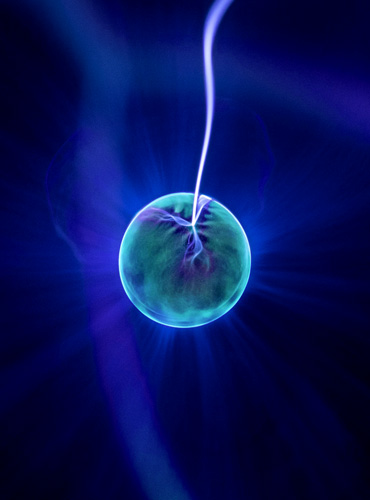About epilepsy
Epilepsy is as common as diabetes and asthma. With as many as one in 103 people affected, epilepsy is the most common neurological disorder in the UK. Around 87 people are diagnosed with epilepsy every day.
Many of you reading this will have epilepsy yourselves, or will have family members, friends, work colleagues or neighbours who have epilepsy.
Q. Who has epilepsy?
Epilepsy can affect anyone at any time, although it is often diagnosed before the age of 20 or after 60. It can affect people of all ages, races, social classes and ability groups. Most people with epilepsy do not have the condition for the whole of their lives, particularly those whose epilepsy develops in childhood.
Unless someone experiences a seizure it is impossible to tell whether someone has epilepsy — unless you are told.





